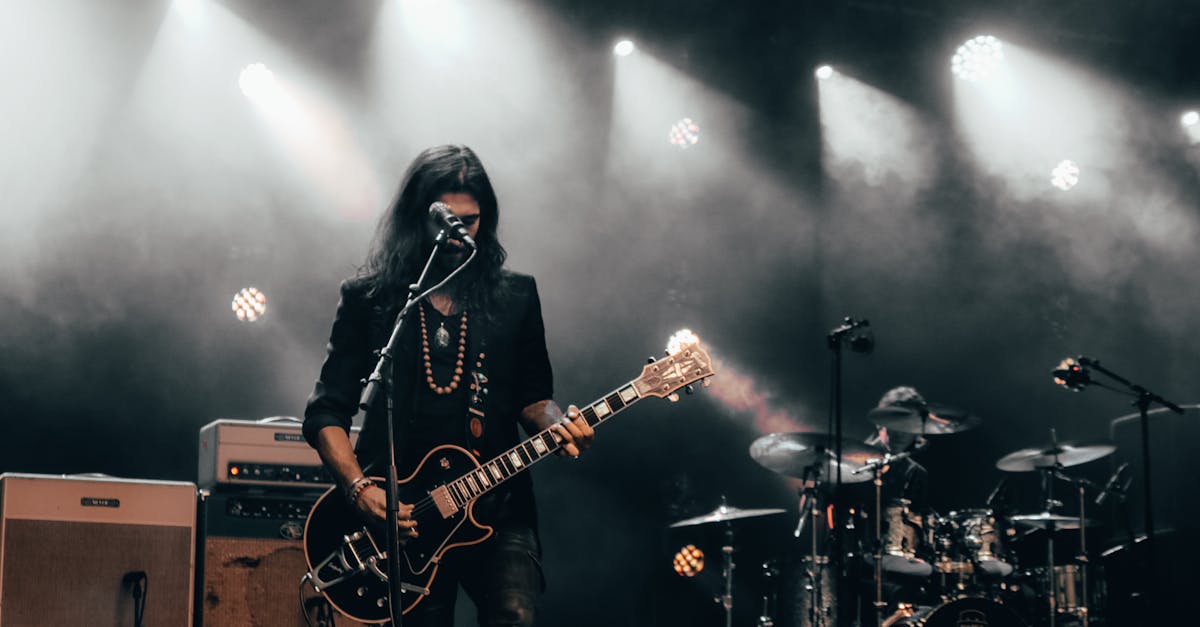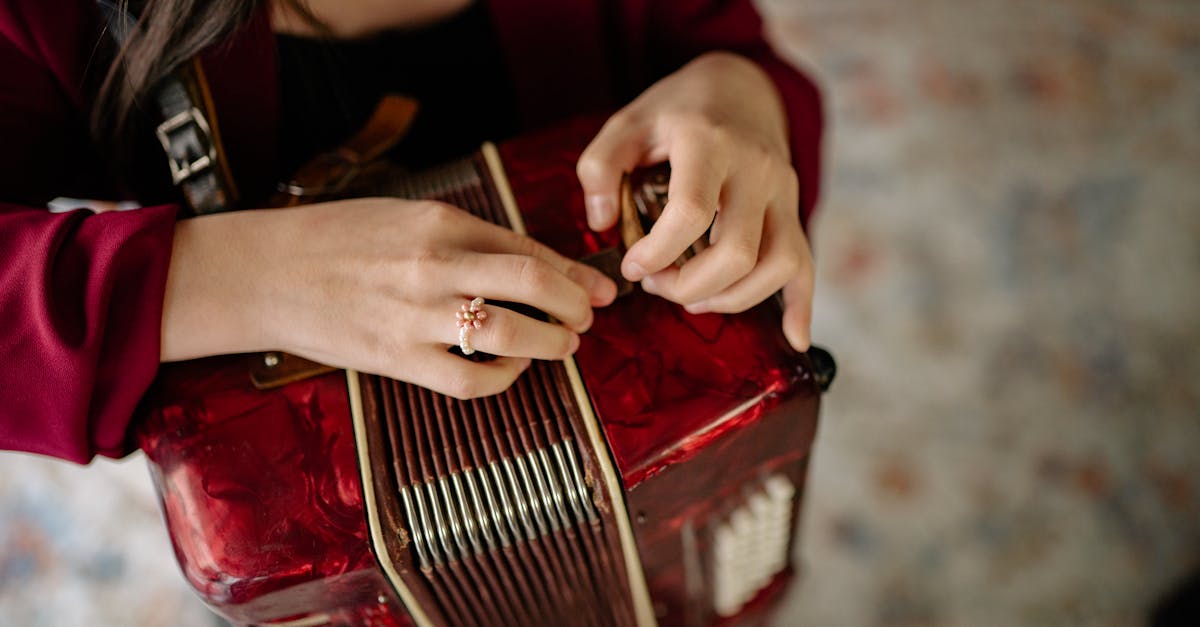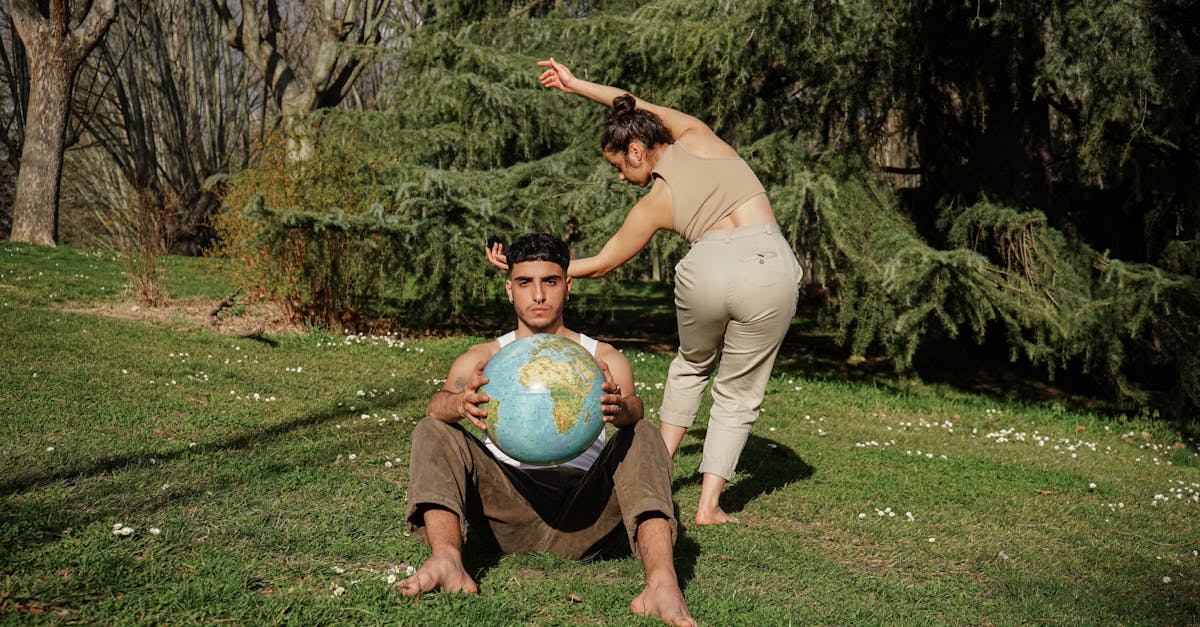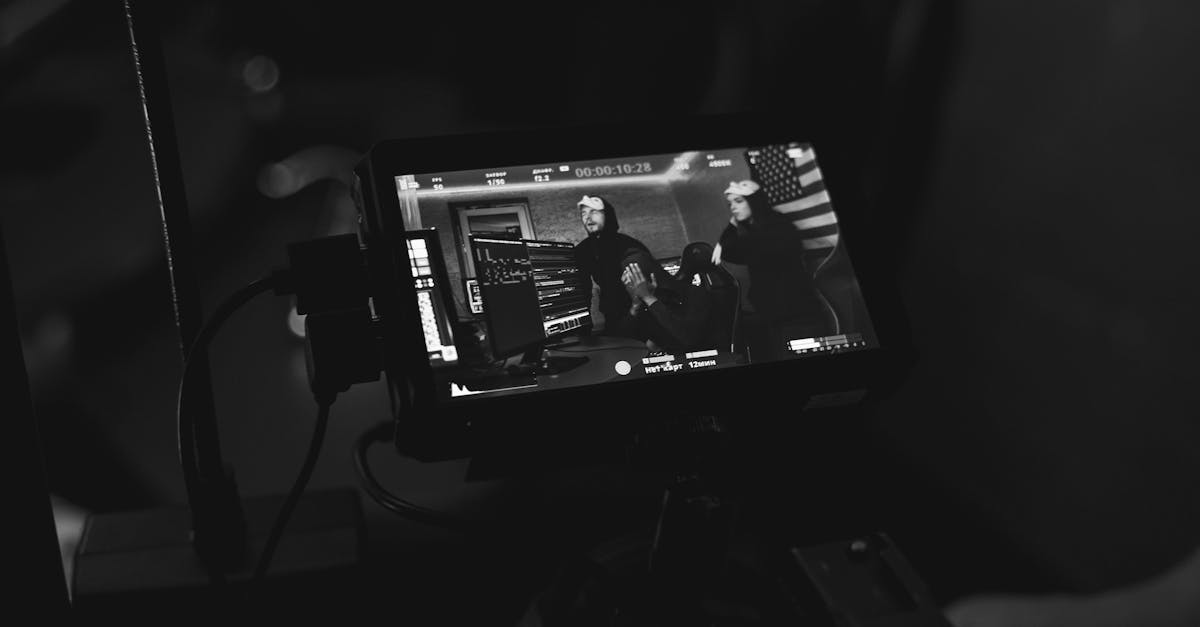Universal Melodies Uncovering World Rhythms
Introduction
Music is a universal language that transcends borders and cultures, playing a pivotal role in the human experience. Among the vast array of musical expressions, rhythms stand out as a fundamental element that unites diverse groups worldwide. The intricate beats and patterns found in rhymes serve not only as entertainment but also as a means of communication and cultural expression. From the pulsating drums of Africa to the enchanting tabla of India, rhythms tell the stories of peoples and their histories. This article explores the cross-cultural facets of rhythms, highlighting how they serve as bridges connecting different societies. Whether it's a solemn ritual or a joyous celebration, rhythms have the power to speak to our hearts, regardless of our native tongues.
Advertisement
African Drumming Traditions
Africa's vibrant drumming traditions are some of the oldest and most influential in the world. Recognized as the heartbeat of African music, drumming plays a vital role in ceremonies, storytelling, and rituals. The djembe, a goblet-shaped drum from West Africa, is particularly iconic, known for its versatile sounds that communicate messages across great distances. African rhythms, often based on complex interlocking patterns, have influenced countless genres, including jazz and blues. The rich diversity within the continent means that each region or ethnic group has its own distinct style, making African drumming a fascinating subject for study. For instance, the talking drum of Nigeria is adept at mimicking the tonal languages of its people, enhancing the narrative power of music.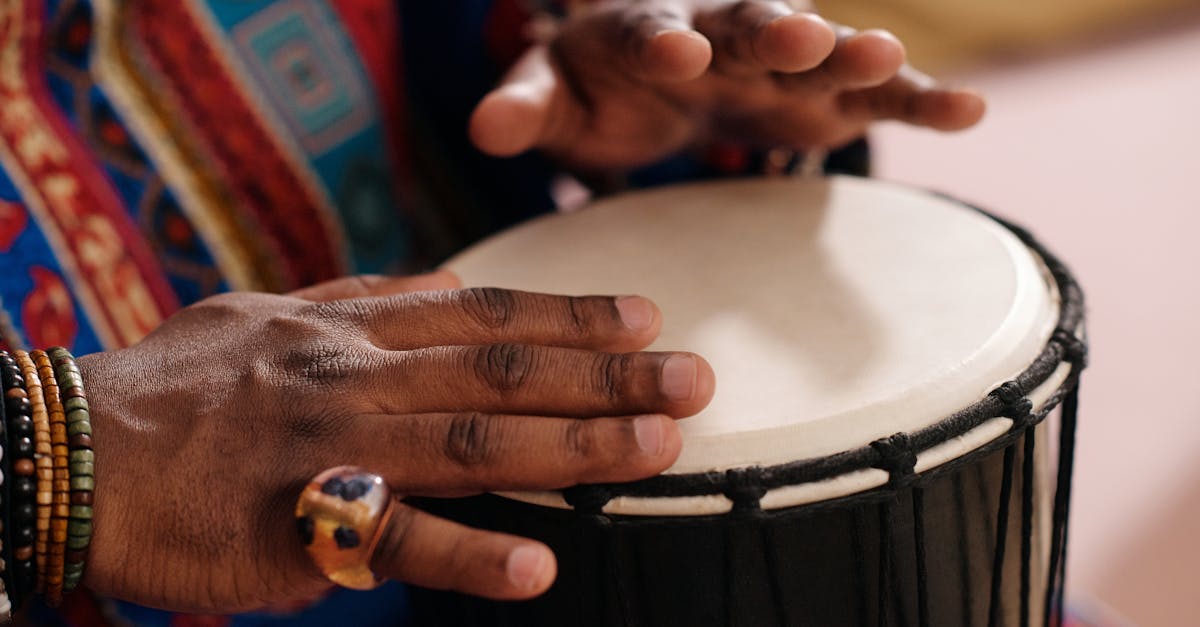
Advertisement
Latin American Rhythms
Latin America is home to some of the most exhilarating and dynamic rhythms in the world. From the salsa beats of Cuba to the tango of Argentina, the region boasts a vibrant musical landscape that reflects its rich cultural tapestry. These rhythms often blend indigenous, African, and European influences, resulting in distinctive sounds that are both fiery and passionate. Instruments like the cajón, bongos, and maracas provide the rhythmic backbone for many Latin genres. In Brazil, the samba emerges as a lively and infectious rhythm central to the nation's cultural identity, particularly during the famous Carnival festival. These rhythms fuel dances that are not only performances but also social and interactive expressions of community spirit.
Advertisement
The Unique Tabla of India
The Indian subcontinent offers a rich inheritance of melodic and rhythmic traditions, with the tabla claiming a central role in its musical tapestry. The tabla, a pair of hand-played drums, is associated with various classical, semi-classical, and folk music styles within India and beyond. Its intricate and versatile rhythms are foundational in both Hindustani and Carnatic music. Tabla players, often equated with master storytellers, create complex rhythmic phrases known as "tala" that accompany vocalists, instrumentalists, and dancers. The rhythmic cycles in Indian music are mathematical marvels, rich in subtle nuance and technical precision. Whether in a raga or bhajan, the tabla accentuates the emotional depth and narrative flow of the music.
Advertisement
Middle Eastern Rhythms and Instruments
Middle Eastern music offers a plethora of rhythmic patterns that captivate listeners with their exotic appeal. Traditional instruments such as the darbuka, a goblet drum with ancient origins, deliver percussive beats that are integral to regional music forms. Middle Eastern rhythms are foundational to belly dancing and ceremonial celebrations, offering syncopated patterns and mesmerizing cadences. The "muwashshah" and "taksim" are examples of traditional musical forms wherein percussive elements are pivotal, blending improvisation and structured compositions. These rhythms often echo the historical narratives of trade, conquest, and religious influences, making Middle Eastern music an intriguing exploration of cultural synergy.
Advertisement
The Foot-Tapping Celtic Rhythms
Celtic music, renowned for its jubilant and infectious rhythms, hails from regions such as Ireland, Scotland, and Brittany. The bodhrán, a traditional Celtic frame drum, provides the driving beat that characterizes much of the folk music in these regions. Celtic music features rhythmic patterns like jigs and reels, which are essential to traditional dance forms and social gatherings. The fusion of Celtic rhythms with modern music styles has led to innovative genres such as Celtic rock and folk punk. These jubilant beats often carry cultural themes, expressing historical folklore, romantic tales, and nature’s beauty. The foot-tapping quality of Celtic rhythms transcends language, inviting audiences worldwide to join in the festivities.
Advertisement
The Influence of Indigenous Rhythms
Indigenous rhythms across the globe reflect the deep connections between people and nature. In North America, Native American drum ceremonies honor the Earth and spiritual beliefs, with rhythms reflecting cycles of life and nature. The didgeridoo and clapsticks form the rhythmic backbone of Australian Aboriginal music, evoking the sounds of the natural world and ancestral stories. Indigenous musicians employ rhythms in communal rituals, emphasizing unity and shared heritage. In the Amazon, the music of indigenous tribes incorporates natural elements, where rhythmic drumming accompanies dances celebrating the spirit world. These rhythms serve as poignant reminders of cultural resilience, safeguarding traditions passed down through generations.
Advertisement
Modern Cross-Cultural Hybrid Rhythms
As the world becomes increasingly interconnected, musicians continue to experiment with cross-cultural sounds, leading to the rise of hybrid rhythms. The fusion of African rhythms with Western pop, dubbed Afrobeats, has gained global popularity, reshaping contemporary music charts. Meanwhile, the rise of reggaeton blends Latin and Caribbean rhythms with modern hip-hop and electronic elements, creating a vibrant club scene worldwide. Musicians now routinely cross geographic and cultural lines, integrating various rhythmic elements to create fresh sounds. Asian pop genres, like K-pop, often incorporate a blend of traditional Korean rhythms with funk and hip-hop influences. These cross-cultural hybrid rhythms reflect the evolving global music landscape, illustrating the limitless creativity of cultural fusion.
Advertisement
The Role of Technology in Rhythmic Exploration
The advent of technology has revolutionized how rhythms are created, shared, and experienced worldwide. Digital platforms enable artists to access and reinterpret rhythms from diverse cultures, leading to a democratization of musical knowledge. Modern music software allows for seamless manipulation and innovation of traditional beats, making it accessible for artists of all backgrounds. Online tutorials have expanded the reach of regional percussion styles, encouraging international collaborations. Concerts and festivals often showcase diverse rhythmic traditions, presenting live performances that emphasize the universality of music. Technology has become a powerful tool in bridging cultural divides, fostering a global appreciation for rhythmic diversity.
Advertisement
Summary and Conclusion
In summary, the world's rhythms are a testament to music's power to transcend cultural boundaries and bring people together. From Africa's ancestral drumming to the vibrant beats of Latin America, each rhythm tells a unique story, offering insights into the cultural identity of its people. Today, technology continues to enhance our access to and appreciation of these captivating sounds, encouraging a deeper understanding of our shared humanity. The fusion of traditional and modern elements in music highlights the ongoing evolution of global rhythms. As we continue to explore and cherish these musical treasures, they remain a reminder of our planet's diversity and the beauty of cultural exchange.
Advertisement
